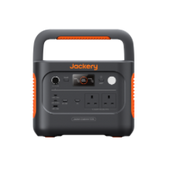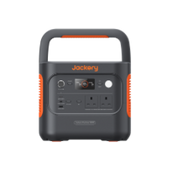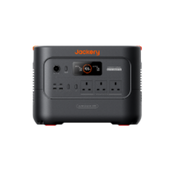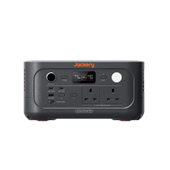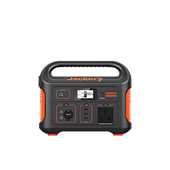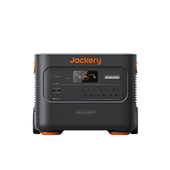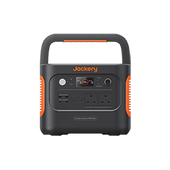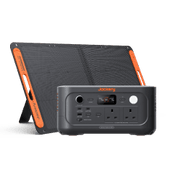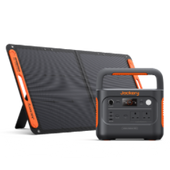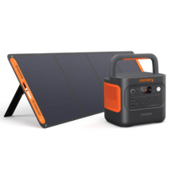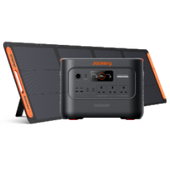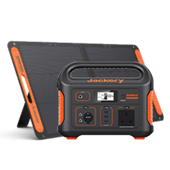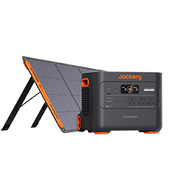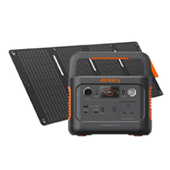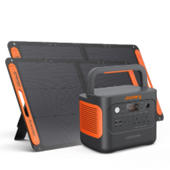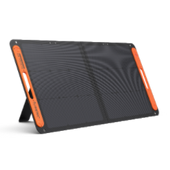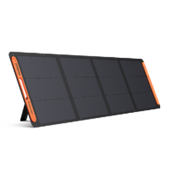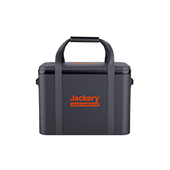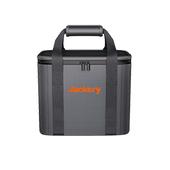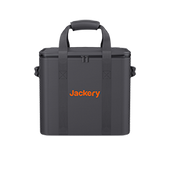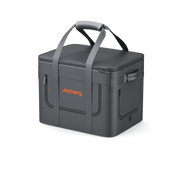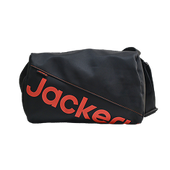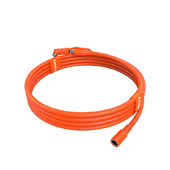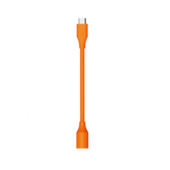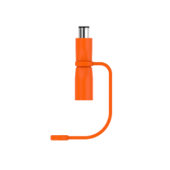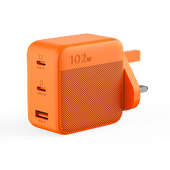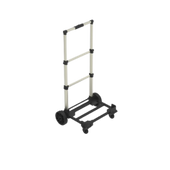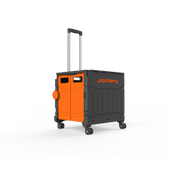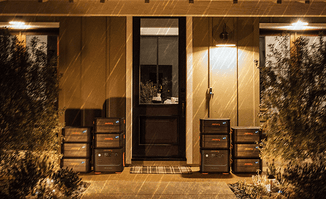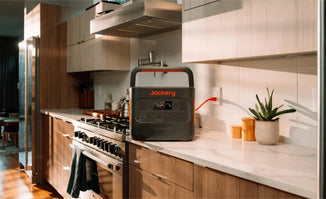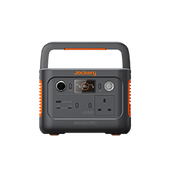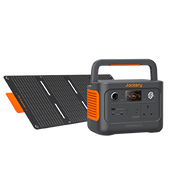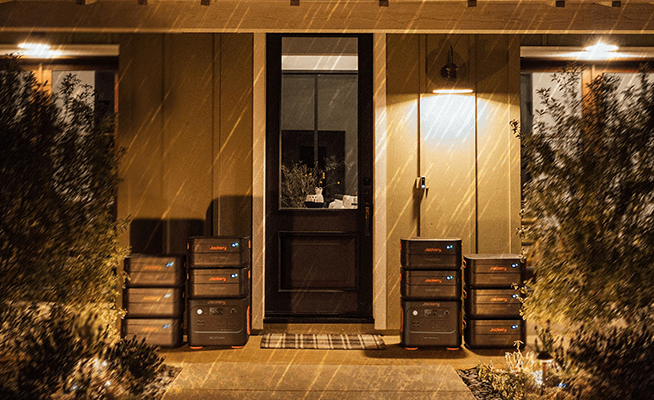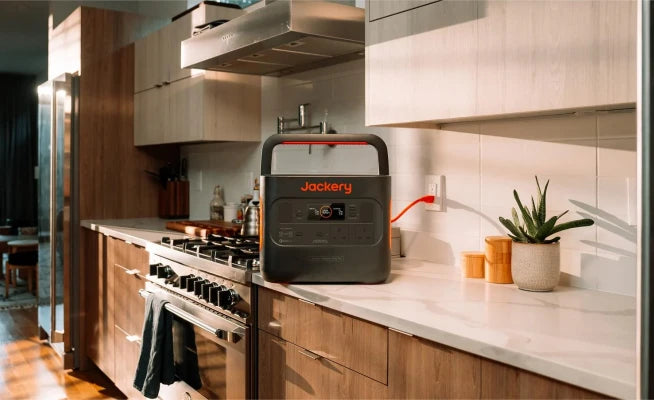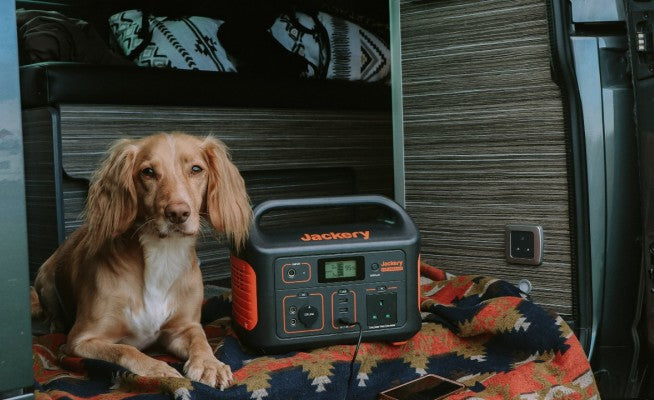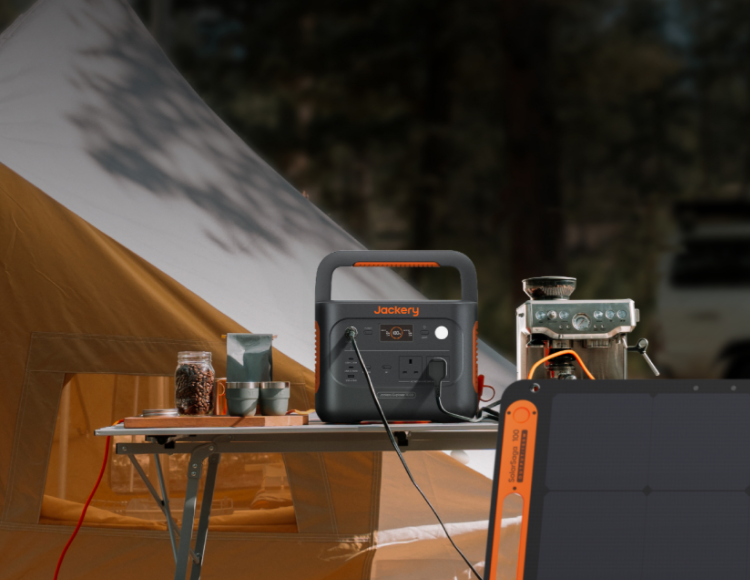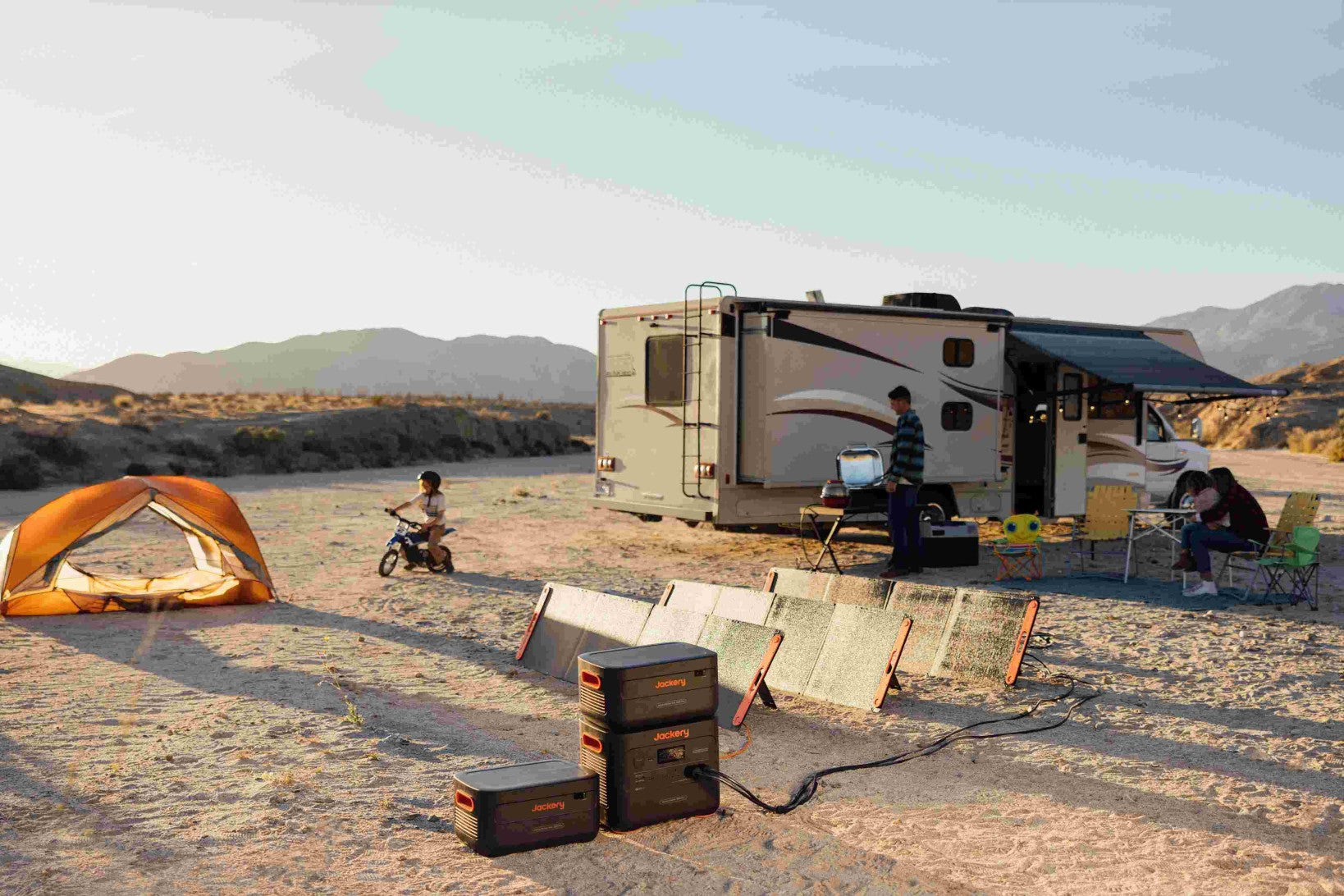Want to make your wood workbench without the trouble or hefty cost? This post will show you how to build a sturdy workbench using regular construction materials and tools that you likely already have.
This simple guide will yield strong results that can handle heavy-duty chores and serve as a foundation for many projects, regardless of your level of experience as a woodworker. You will have everything you need to create a bespoke bench that suits your workstation and enhances your woodworking experience, from selecting the materials and crafting the legs to assembling the top and adding vices.
|
Key Takeaways: |
|
● A workbench is a specialised table for woodworkers, featuring a flat, firm work surface and one or more ways to hold the material being worked on, among its key features. ● A lightweight, transportable table may only be rated to sustain a few hundred pounds, whereas a heavy-duty fixed bench may be able to support over 10,000 pounds. ● Adjustable benches utilise a fastening mechanism or adjustable feet to raise or lower the working surface, providing a tailored fit. ● A bench hook allows you to rapidly hold your workpiece in position while sawing across the grain, without having to clamp it down to your wooden workbench. ● We highly recommend the Jackery Portable Power Station, such as the Explorer 2000 Plus or 1000 Plus, to power the tools and appliances needed for building a woodwork bench. |
Wood Work Bench Overview
A wood work bench is a specialised table for woodworkers. A flat, firm work surface and one or more methods for holding the material being worked on are among the key features. Adding appropriate workbenches and designated areas for workers can significantly improve efficiency within a corporation.
Furthermore, workbenches are highly adaptable and suitable for a wide range of heavy-duty tasks. They can increase productivity in a work setting for several reasons. MG Timber has addressed some of the key benefits of using wooden workbenches in your workspace.
Heavy-duty Timber
Industrial workbenches made of heavy-duty timber may hold up to 950kg. This is critical because employees may be working with heavy equipment and parts that could cause damage to adjacent work locations. A heavy-duty workstation can withstand these tools and machinery daily without sustaining harm. Furthermore, they are designed to withstand stress and perform well even under high pressure.
Produces Less Noise
Workbenches are commonly classified into two types: those made of timber and those made of metal. The most significant advantage of a wooden workbench is that it is much quieter. As a result, both staff and neighbours are less likely to complain about noise.
Safety Precautions
The design of a workbench is a crucial factor to consider when evaluating productivity and output. Bending over to complete daily tasks increases the risk of accidents, injuries, back-related disorders, and strains.
Wooden workbenches can be customised to meet the user's height and personal preferences. Furthermore, they often incorporate a technique for securing the work in place. As a result, the user can stand comfortably with both hands free. Furthermore, applying these safety procedures may have a significant impact on the overall quality of the products manufactured.
Additional Storage
Workbenches also have the added benefit of providing extra space in workshops. Additional shelves increase room and are intended to store tools that would otherwise clutter other parts of your workstation. As a result, the workstation becomes more ordered and neat.
How to Choose the Right Wood Work Bench?
To select the appropriate wood work bench or work table, begin by asking a few basic questions:

Standing or Seated?
A worktable provides a standing platform, whereas a workbench provides a seated area.
Some worktables and workbenches feature adjustable heights, allowing you to achieve an ideal ergonomic fit for people of various heights and working postures.
Worktables can also serve as equipment stands.
Mobile or Fixed?
Some worktables and workbenches are mounted on wheels or casters, making them portable. Other shop furniture is stationary, offering a steady surface for working in a single area.
Storage or None?
If you don't require storage, simple worktables and open-base workbenches are available. If you desire storage, there are a few various ways you might go, depending on your needs:
Open-base workbenches with storage feature drawers that dangle from the work table or risers that provide storage above the worktop. A tower with desk-like drawers or cabinets supports preconfigured pedestal workbenches.
Preconfigured workstations are designed for working on technology, electronics, and other small, high-precision jobs. They typically incorporate louvred bin panels or other storage options, as well as efficiency-enhancing features like articulating arms and power outlets.
Configurable workbenches and workstations have only a few components, allowing you to select the additional components you require to develop solutions tailored to your specific area and application.
Modular workbenches and storage sets provide all-in-one storage and work surface options for workshops, garages, and utility closets.
Cabinet workbenches offer ample storage in a compact space, but their work surfaces are not suitable for seated tasks.
General Purpose or Task-Specific?
Most workbenches and workstations are suitable for a wide range of applications; however, some are specifically designed for specific activities. Woodworking workbenches include clamps, vices, and mounting holes. Wire harness workbenches can lift, lower, and tilt harness assembly boards. Computer cabinet workstations safeguard and organise computer equipment in industrial settings. Shop desks feature a writing surface and desk-like storage, but they are designed to withstand the rigours of industrial settings.
ESD workbenches feature a work surface designed to prevent electrostatic discharge (ESD), making them particularly useful in electronics assembly and maintenance.
Packaging tables provide a work area for wrapping and taping shipments, storage for shipping supplies, and add-ons for cardboard and parcels.
Which Workstation or Workbench Is Ideal for My Industry?
Here's a brief comparison to help you make an informed choice:
Workstations are ideal for environments such as cleanrooms, electronics manufacturing, packaging, and laboratories.
Workbenches operate well when used to store small items, perform light labour, or in small spaces.
Choosing the correct workstation or workbench is crucial to workplace efficiency, comfort, and safety. Prioritising ergonomics and considering the unique needs of your sector will result in a more efficient and enjoyable work environment.
What Are the Best Wood Workbench Materials?
We'll review some of the advantages and disadvantages of popular woodworking bench surface materials, as well as how to maintain your worktops.

MDF
MDF is an abbreviation for "medium density fibreboard". It is an engineered wood product made from wood fibres that have been pressed into shape with glue and resin.
While MDF is typically considered a less environmentally friendly material, the fact that it can be made from recycled wood fibres makes it a more cost-effective and sustainable option than solid wood. Because it is a composite material, the manufacturing process generates pollutants and trash, which might have an environmental impact. MDF is also not completely biodegradable due to the resins and glues used in its manufacture.
MDF is a low-cost and adaptable material that can be utilised for a variety of furniture building applications, including workbench worktops. MDF is easy to work with, as you can cut, drill, and sand it without any issues. It also has a uniform density and texture, making it an ideal surface for veneering and lamination.
MDF is less durable and heat and moisture-resistant than solid wood. MDF will swell and disintegrate if it gets wet, so it should only be used in dry situations unless it has been adequately protected.
Overall, MDF is a decent choice for a workbench surface since it is economical, adaptable, and easy to shape and mould; however, it is not as robust or moisture- and heat-resistant as other materials.
Plywood
Plywood is a type of engineered wood that is made by glueing together several thin layers of wood.
Plywood can be a far more environmentally friendly and sustainable work surface than solid wood. This is due to the way plywood is made; using thin layers of wood allows for a more efficient use of wood resources.
Plywood is most commonly made from fast-growing, renewable tree species such as pine and poplar. Some manufacturers employ sustainable techniques, such as using eco-friendly adhesives and certifying their plywood with the Forest Stewardship Council (FSC), which ensures that the wood used comes from ethically managed forests.
One thing to keep in mind is that plywood is a composite product manufactured from wood fibres and resin binders, which are frequently derived from petrochemical sources. The manufacturing process generates emissions and waste, which can hurt the environment. It's essential to consider that plywood has varying environmental impacts, depending on its origin, production method, and disposal practices.
Overall, plywood is a good choice for a workbench surface because it is inexpensive, easy to cut and shape, and can be sanded, painted, or lacquered to enhance its durability or appearance.
Laminate Board
Laminate is a composite material formed by layering paper impregnated with resin and attaching them with heat and pressure. People often utilise the laminate to make a beautiful, long-lasting surface that is often employed in furniture making. They glue it to wood-based boards and sheets, such as chipboard or MDF.
Because they are mostly constructed of wood, laminate boards are a relatively environmentally friendly material. The process of making laminate board, on the other hand, requires a significant amount of energy, and the material itself doesn't break down in the environment.
The producing method could also create waste and pollution. One of the most significant problems is that the glues and resins used to build objects might release formaldehyde and other volatile organic chemicals. These can be detrimental to both the environment and human health.
Overall, laminate board can only be deemed an environmentally friendly material if it is manufactured responsibly, with low levels of contaminants and waste, and from sustainable sources such as FSC-certified wood.

Melamine Board
Melamine is a form of laminate similar to those listed above; however, it is classified as a low-pressure laminate since it is made with less pressure than regular laminates.
Melamine board, like laminate board, is an engineered wood product consisting of particleboard or MDF and coated with a thin layer of melamine resin. Melamine resin is applied to the board's surface to provide a decorative and protective finish. This coating creates a firm, resilient surface that resists scratches, stains, and dampness.
Compared to other forms of engineered wood products, melamine board is not as environmentally friendly. The process of manufacturing products consumes a significant amount of energy, and the use of synthetic resins and adhesives can contribute to pollution and waste. Additionally, the melamine resin covering is not biodegradable; therefore, it does not break down naturally.
Taking all of this into account, melamine board can be considered a sustainable alternative if it is produced responsibly, has minimal levels of contaminants and waste, and is derived from sustainable sources such as FSC-certified wood.
Block Beech
To make block beech, beech logs are chopped into blocks, and then those blocks are cut into thin layers that are glued together to create a solid board. The blocks are often cut in a way that emphasises the natural wood grain and colour differences of beech wood.
Block beech can be regarded as an environmentally beneficial worktop if it is sourced from a sustainably managed forest. Beech trees proliferate; therefore, they are a good choice for sustainable forestry. Block beech flooring is strong, durable, and easy to maintain, which means it doesn't need to be replaced as often and has a lower environmental impact.
However, making block beech flooring can consume a lot of energy, and using adhesives and coatings can generate waste and pollution. It is crucial that the product is sourced from responsibly managed forests and that the manufacturing process adheres to sustainable principles.
How to Build a Wood Work Bench?
Creating your woodwork bench doesn't have to be complicated or expensive. You can make a sturdy, functional DIY bench that will serve as the foundation for many future projects if you have the right materials, equipment, and a bit of planning. This section guides you through each step, enabling you to create a sturdy bench that suits your needs and workspace.

Step 1: Materials and Tools
For the bench, use ordinary construction and reclaimed lumber, using fir for the legs and spruce for the top and stretchers. This keeps the bench very affordable and built of readily available materials.
For the legs, use one or more 6x6 spruce, pine, or fir boards long enough to form four 32-inch legs. I utilised a recycled 10-foot-long 6X6 fir beam. When it was milled down, the legs measured a full 5" by 5".
For the top and stretchers, use nine 2X10s (8 feet long) in spruce, pine, or fir. Choose the best timber you can find, devoid of bark and large twists.
Lots of glue
70-100 dowels (3/8 or ½ inch)
Eight angle brackets
Tools: Joiner, planer, table saw, mitre saw, drill, dowel jig, router, broad router bit, and Jackery Portable Power Station (optional, for outdoor charging).
Step 2: Build the Top
First, use the table saw to tear down seven 2X10s. Cut them all to a width of 4 ½ inches, leaving 14 lengths. Then, one portion at a time, glue all the lengths together in two sections, flipping them over on their edges. A lot of clamps (one every foot or so) and adhesive are needed for this. Make an effort to ensure that everything is cohesive and consistent.
You now have two parts that are each 10 ½ inches broad when the glue has dried. Flatten one side of each portion by passing it through a thickness planer. Align the two sections to create a flat top, and then glue them together. The width of your top is now 21 inches.
Step 3: Build the Legs and Stretchers
The fir used for the legs is rough-cut and twisted, so mill it on the jointer and planer to create four square 5x5 legs. Cut the legs 30" long to make a 34" high bench at the end.
Then rip two 2x10s to 7 inches wide. Using a mitre saw, crosscut the lengths.
Long stretchers: 7”wide by 54” long
Short stretchers: 7” wide by 11” long
Step 4: Connect the Stretchers and The Legs
To create the bench's foundation, the short and long stretchers must be securely fastened to the legs. At this point, you should utilise the most bombproof joinery possible. Mortise and tenon, loose tenon, knock-down hardware (like bed bolts), threaded rods, and more choices are available here.
Choose dowel joinery since it's a quick and easy process. Insert ten dowels at each junction using expandable dowel pins and a generous amount of adhesive. This sturdy joint should be adequate for this bench; we're not talking Ikea dowels here.
It's crucial to remember that there won't be any overhangs or shadow lines between the stretchers and the top. This is intentional; when everything is flush like this, the bench holds work the best.
Step 5: Attach the Top to the Legs
Arrange the bench upside down on the floor. It should be heavy; therefore, this is the most manageable option. To attach the top to the base, screw the angle brackets to the top and legs. This gets the job done.
Step 6: Make the Top Flat
One of the most significant characteristics of a good workstation is that the surface is perfectly flat. To accomplish this, use a router on a router sledge to flatten the top. You may build a variety of sledges. Use a 1 1/2-inch router bit.
Step 7: Add Vices and Crosscut the Ends
To square up, crosscut the end of the bench. Get on the bench and use a hand saw.
At this point, the bench construction is complete, and you need to add a vice or two to make it a fully usable woodworking workbench. Vices come in a variety of styles, including front vices, wooden vices, leg vices, and more. The type of vice you install on your bench will be determined by your budget and objectives. Here is a sampling of what is available.
Choose two quick-release steel vices, one for the front and one for the side of the bench. If you add steel vices to your bench, ensure that you cut a slot in the top so that the inner vice jaw sits flush with the front of the bench. This dramatically simplifies workholding. If you install a side vice for work-holding, drill a row of dog holes in the top.
Jackery Portable Power Stations for Building a Wood Work Bench
It typically requires a variety of power tools to build a woodworking bench, whether it's a simple one for the garage or a more complex one for a dedicated workshop. A Jackery Portable Power Station can be a handy tool for this endeavour.
Depending on the specific tool and the Jackery model's output, you can power circular saws, jigsaws, and routers directly from the AC outlets. Larger Jackery units (like the Explorer 1000 Plus, 2000 Plus, or higher) are essential for running higher-wattage tools like circular saws or even a small table saw.
You might be building your workbench in a garage with limited outlets, in a shed without power, or even outdoors. A Jackery frees you from the constraints of needing a wall outlet, allowing you to work wherever it's most convenient or has the best lighting and ventilation.
Jackery Explorer 1000 Plus
The Jackery Explorer 1000 Plus is an exceptional choice for building a woodworking bench, offering a compelling blend of power, capacity, and modern features ideal for this type of DIY project.

2000W Continuous AC Output (4000W Surge): This is the primary reason to choose the 1000 Plus for woodworking. Many corded woodworking tools have significant power requirements, especially at startup (surge). The Pure Sine Wave Inverter is crucial for sensitive electronics and power tool motors, ensuring they run efficiently and without damage.
1264Wh Capacity: Building a workbench isn't a quick job. This capacity provides significant runtime for multiple tools throughout the day. You won't have to stop frequently to recharge, which helps maintain your workflow.
Expandable Capacity (up to 5kWh): If your project spans multiple days or you anticipate needing additional power for other workshop tasks in the future, the 1000 Plus can be expanded with up to three additional battery packs. This future-proofs your investment.
Long-Lasting and Reliable LiFePO4 Battery: The battery, with 4000 charge cycles to 70%+ capacity, is designed to last for approximately 10 years, even with daily use. This is a robust lifespan for a serious power tool user, ensuring your investment pays off over many projects.
Silent Operation: A huge advantage over noisy gasoline generators, allowing for a more pleasant and focused working environment. No distracting engine noise while you're trying to measure or make a precise cut.
|
Jackery Explorer 1000 Plus Running Time |
|
|
Circular Saw (1000W) |
1H |
|
Jigsaw (350W) |
2.8H |
|
Drill (700W) |
1.4H |
|
Sander (1200W) |
0.8H |
|
Lighting (10W) |
36.9H |
(*The working hours are only for reference; the actual working hours depend on your usage.)
Jackery Explorer 2000 Plus
Building a wood work bench often involves a variety of power tools that demand significant and sustained power. The Jackery Explorer 2000 Plus is an excellent choice for this task, especially if you're working in a garage without easily accessible outlets, outdoors, or want a quiet, fume-free power source.

High Power Output (3000W continuous / 6000W surge): This is the most crucial factor. Building a workbench typically requires tools such as circular saws, table saws, routers, drills, and other power tools. The 3000W continuous output means you can run most of these heavy-duty woodworking tools without issue. The 6000W surge capacity is vital for handling the initial power spike when motors start, preventing overload trips.
Large Capacity (2042.8Wh, expandable to 12kWh): Building a workbench can be a multi-hour project. The 2kWh base capacity provides substantial runtime for your tools. If your project extends or involves the more intensive use of power-hungry tools, the ability to add up to five additional 2000 Plus battery packs (each with a capacity of 2042.8Wh) is a game-changer, expanding the total capacity to 10,420Wh. This is enough for days of sustained woodworking.
LiFePO4 Battery for Durability and Longevity: Woodworking tools are often used frequently. The LiFePO4 battery in the 2000 Plus is rated for 4000 charge cycles to 70%+ capacity, offering a lifespan of 10 years or more with regular use. This means it's a long-term investment for your workshop.
Quiet and Fume-Free Operation: Unlike traditional gas generators, the Jackery 2000 Plus operates very quietly (below 30dB, comparable to a library). This is a significant benefit for your ears and your neighbours, especially if you work in a residential area or indoors. It also produces no noxious fumes, making it safe for indoor use in a garage or workshop without needing special ventilation.
|
Jackery Explorer 2000 Plus Running Time |
|
|
Circular Saw (1000W) |
1.6H |
|
Jigsaw (350W) |
4.6H |
|
Drill (700W) |
2.3H |
|
Sander (1200W) |
1.4H |
|
Lighting (10W) |
59.8H |
(*The working hours are only for reference; the actual working hours depend on your usage.)
More Wood Work Bench Accessories
This section examines numerous wood work bench accessories that are necessary or useful for use with your woodworking workstation or to store your woodworking hand tools.
Bench Dog Set
What is a Bench Dog? A bench dog is a wooden or metal dowel that rises or falls in your woodworking bench top to clamp wood in place with your workbench vice. A bench dog set is crucial for a wooden workbench because it allows you to squeeze your workpiece between the tail vice and the bench dogs that sit in the bench dog holes. Bench dogs exist in various materials, forms, and sizes. Most commercial workbenches include metal bench dogs, which can be round or square.
Woodworking Bench Holdfast
A woodworking bench holdfast is an excellent accessory for a workbench. You bore holes in your woodworking bench top, then insert the woodworking bench holdfast into one of the holes and hit the top of the holdfast to secure your wooden workpiece. The wood is quite challenging to move, which is ideal for carving a joint. When you're ready to release the bench holdfast, hit it on the back, and it will spring loose.
Bench Hook
A bench hook allows you to rapidly hold your workpiece in position while sawing across the grain, without having to clamp it down to your wooden workbench.
Hand Planing Stop
When hand planing wood and you don't want to clamp it between bench dogs on your wooden workbench, a hand planing stop is a valuable addition to your workbench, providing a quick surface to butt your wood against. Naturally, there are commercial metal hand planing stops that are both inexpensive and costly, with metal claws that protrude to pierce the board.
Shooting Board
A shooting board is a wooden workbench equipment that squares and mitres the end grain of your wood pieces.
A woodworker uses a shooting board to trim a mitred piece of moulding with a Stanley 6 handplane on a wooden workbench.
It can also be used to square the edges of boards. Most woodworkers create their shooting boards in their workshops, although some do sell them. A shooting board is made by laying a larger handplane on its side and pushing the sharp hand plane down a base, removing a small amount of wood at a time, until your piece is square or mitred.
FAQs
The following are the frequently asked questions about the wood work bench:
1. What is a woodworking bench used for?
Woodworking workbenches are designed for shaping and assembling wooden items. They come in different sizes, and the larger ones are better suited for intricate projects that require significant components, such as assembling framing or building staircases.
2. What is the purpose of a workbench?
A workbench is a piece of equipment that can hold all of your hand tools, work tools, and work at the same time. It makes it easier to work and speeds up the work process. Additionally, the workbenches keep all the tools safe and maintain a tidy and organised work area.
3. What is a woodworking bench?
Woodworkers utilise a specific table called a workbench. The work surface is flat and sturdy, and there is at least one way to hold the material being worked on—a simple bench having vices on both the front (left) and back (right).
4. Do I need a woodworking bench?
You can start woodworking with just a few tools (see our buying guide for more information) and some sturdy clamps. Not everyone has a dedicated space in their house for woodworking, so a workbench might not be the best choice.
Final Thoughts
Not only is it cheap to build your woodwork bench, but it's also very satisfying. You can build a strong, unique foundation for all your woodworking projects by using high-quality materials and straightforward methods.
A DIY woodwork bench is both practical and satisfying, as you can build it to your exact specifications, with every joint and vice in the right place. Your bench becomes a complete workstation when you add things like bench dogs, holdfasts, and shooting boards. Your handmade workbench will be a key, trusted aspect of your craft for years to come, whether you're working on minor repairs or large projects.



